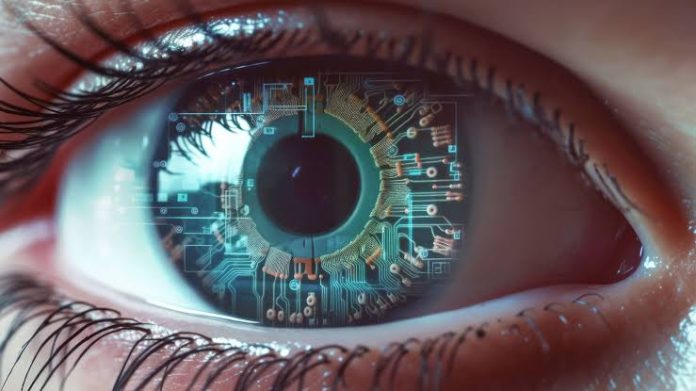Researchers Create a Solar Panel Implant to Replace Lost Vision in the Human Eye

The University of New South Wales (UNSW) researchers are working on a really groundbreaking project: a solar panel implant meant to be inserted into the human retina with the possibility of eyesight restoration. The goal of this neuroprosthetic device is to provide electrical messages to the brain instead of light, thereby avoiding damaged photoreceptors. With the help of tiny solar panels affixed to the eye, this implant is wireless and self-sustaining in contrast to earlier techniques that depended on cable electrodes.
This technique is unique in that it uses semiconductors based on gallium rather than silicon. This option allows for the stacking of numerous cells, which improves the device’s overall efficiency. These semiconductors aid in enhancing the visual data conveyed to the brain by making the most use of incoming light.
While the gadget is currently in the proof-of-concept stage, the research team is hard at work getting it ready for human implantation. This project’s creation of tiny, pixelated solar panels is essential. To replicate the natural function of photoreceptor cells in the retina, these panels will need to be precisely adjusted to catch light and turn it into electrical messages.
This technology has far-reaching possible effects. This implant may provide a game-changer for those whose vision problems are brought on by conditions like retinitis pigmentosa or age-related macular degeneration. It has the potential to dramatically raise millions of people’s quality of life by restoring some or all of their eyesight.
Before this technology is extensively used, a few issues need to be resolved. Safety and long-term effectiveness are the most important considerations since devices that are implanted in humans have to adhere to strict regulations. To guarantee smooth integration and dependable performance, it is also necessary to properly analyze the device’s compatibility with the intricate neuronal circuitry of the visual system.
In the realm of neuroprosthetics, the solar panel implant being created by UNSW scientists is a ground-breaking endeavor. Even though it is still in the early phases of research, the possibility for vision restoration offers great hope for the future of medicine and the management of visual impairments.

I am a dedicated student currently in my seventh semester, pursuing a degree in International Relations. Alongside my academic pursuits, I am actively engaged in the professional field as a content writer at the Rangeinn website.









